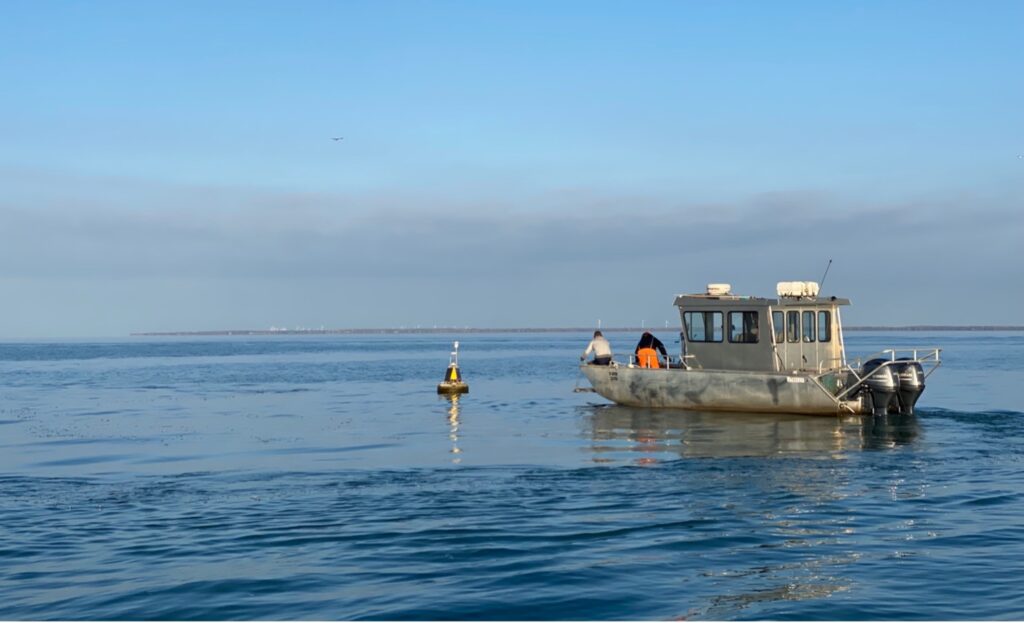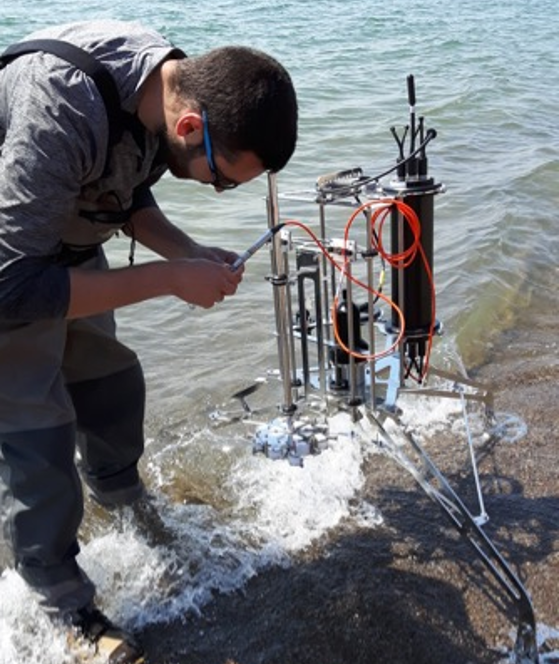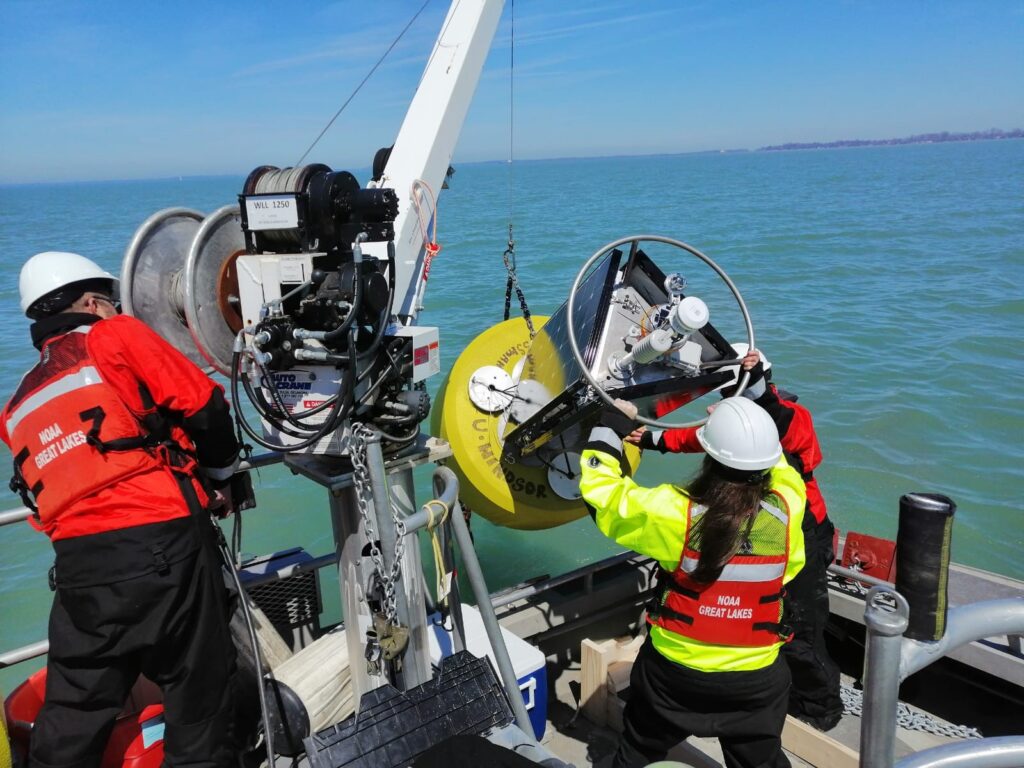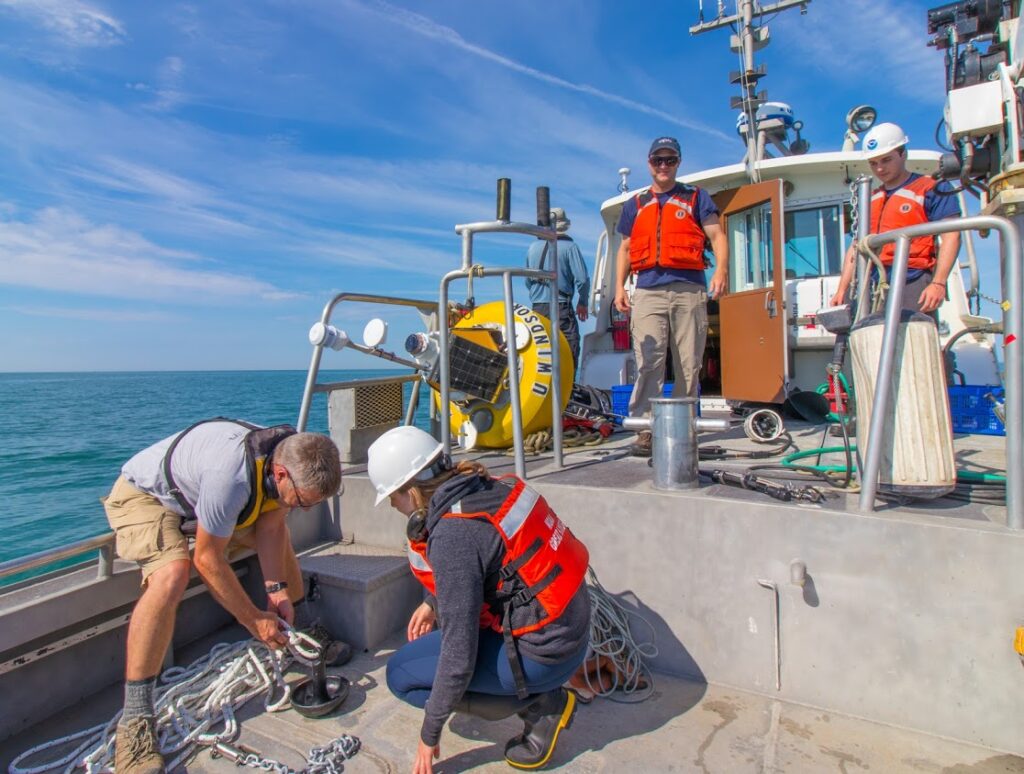
Real-Time Data Collection to Help Protect Drinking Water Sources
This project will help scientists better understand and predict the development of harmful algal blooms (HABs) using real-time data. The project team will deploy real-time continuous

This project will help scientists better understand and predict the development of harmful algal blooms (HABs) using real-time data. The project team will deploy real-time continuous

A primary goal of water quality managers is to intercept or mitigate nutrients or pathogens at their source to ensure effective wastewater treatment. Source water

Harmful algal blooms are a major concern in large waterbodies and have historically been linked with high phosphorus inputs. In Lake Erie, while extensive watershed

Photo credit: Ed Verhamme During early summer and fall of 2019, RAEON deployed three real-time buoys equipped to measure weather and water-quality parameters, including dissolved